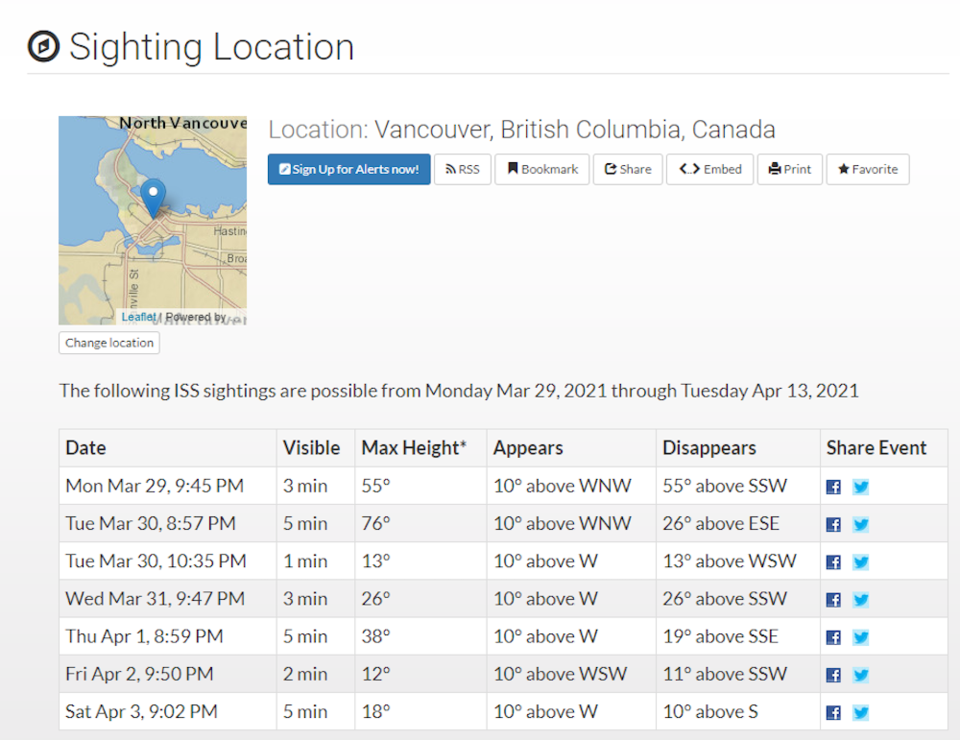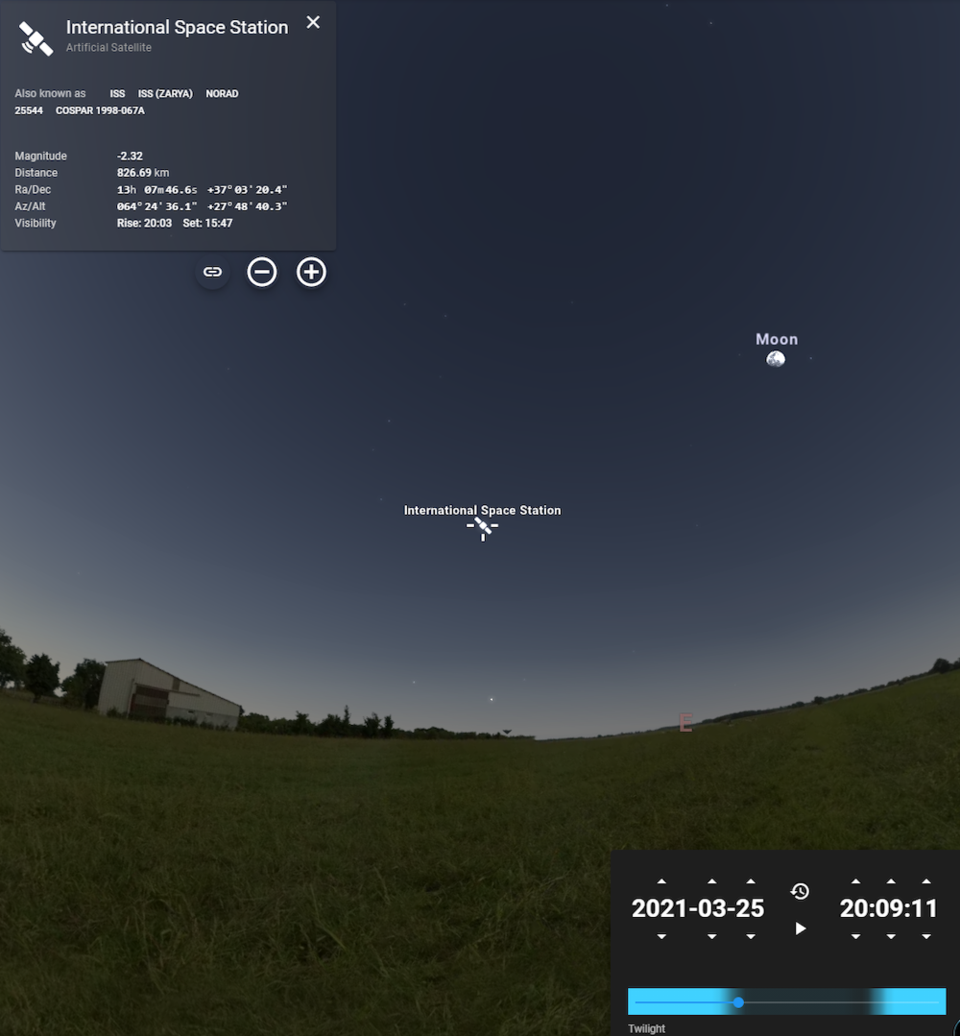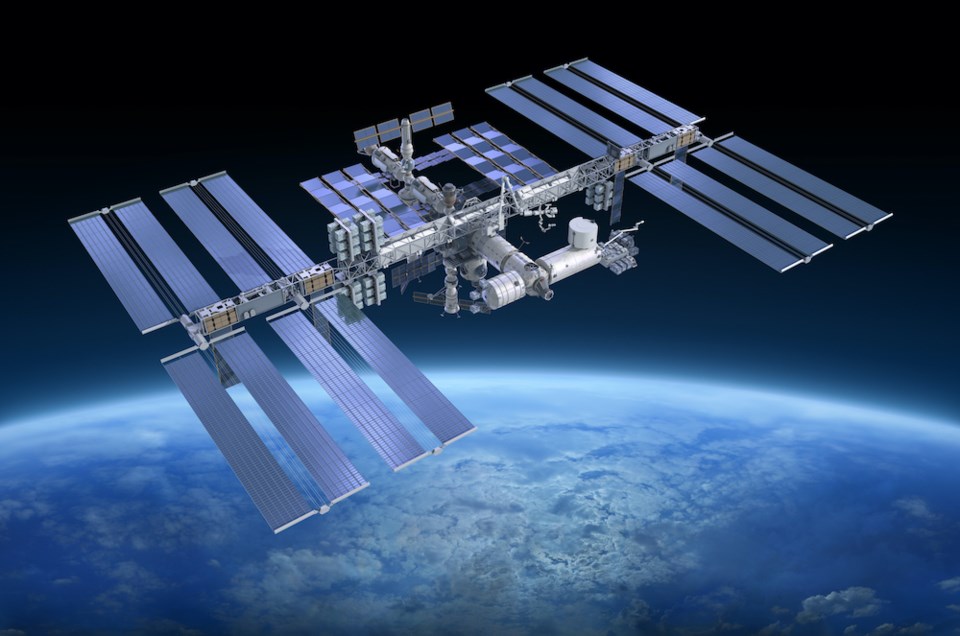Have you ever wanted to know what it would look like to see the International Space Station in Â鶹´«Ã½Ó³»skies?
Now, you don't have to imagine the outer space glory.
A Vancouverite shared a video of the large spacecraft passing over Crab Park on social media last week.
Redditor AGripInVan shared footage of what they wrote is the ISS passing over the Â鶹´«Ã½Ó³»park Thursday (March 25).
from
Rachel Wong, an astronomer at the H.R. MacMillan Space Centre, confirms with Â鶹´«Ã½Ó³» that the ISS was "definitely visible from Crab Park at the time that Reddit post was uploaded (March 25, 20:09:11 PST)."
Wong adds that she confirmed the sighting through the use of two apps: NASA's "" and the .
NASA and Stellarium Web
NASA has provided stargazers with a that allows them to see when the viewing will take place almost anywhere in the world. Further, it notes how long the viewing will be, as well as exactly where in the sky to look.
Wong entered the Crab Park location, and mentioned that "looking at the max height and times at which the next few sightings are at, adds to my confidence in the object being the ISS."
 Photo via NASA
Photo via NASA For the online planetarium with the Stellarium app, she entered "Crab Park Portside" as the location and adjusted the time to the Reddit upload time.
"Then in the search bar, I typed "ISS" and the program [auto-aligned] to the satellite."
 . By Photo via Stellarium Web
. By Photo via Stellarium WebOf course, knowing where and when to look is only half the battle - you'll also have to know what to look for.
So, what exactly does the station look like?
According to NASA, the station is visible to the naked eye and looks like a "fast-moving plane only much higher and travelling thousands of miles an hour faster."
With that said, it is the third brightest object in the sky, which makes spotting it less difficult. Like the moon, the space station is visible because it reflects the light of the Sun. And, naturally, viewing opportunities are best on clear nights.
The football field-sized space station serves as a testbed for technologies and supports NASA’s mission to push human presence farther into space. Learn more about station updates and research.



.jpg;w=120;h=80;mode=crop)